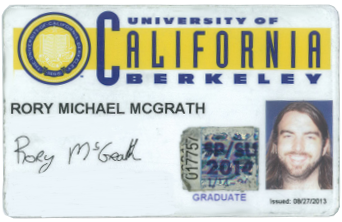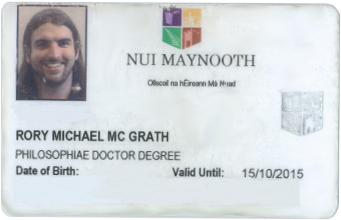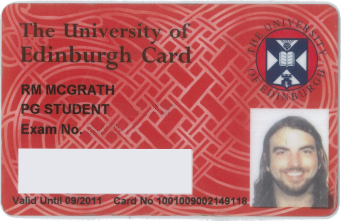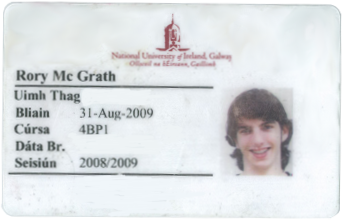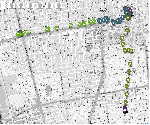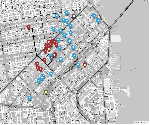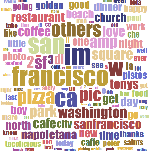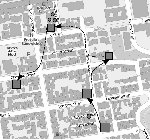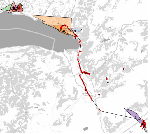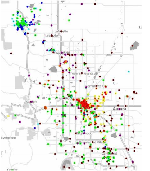This work looks at exploring and visualizing the Twitch network of
broadcasters and followers. Data is obtained using the Twitch api and a graph
of broadcasters and followers is created. The preferential attachment model is
applied to the network to predict the probability of a new viewer observing any
given broadcaster.
(Read More...)
Personalized Aurabox android app
This project looks to emulated and improve upon the official closed
source app used as a remote control for the Aurabox device. Initially the
official app was emulated by monitoring the bluetooth traffic between the app and
the device and extracting the commands signals being sent. Implementing these
signals allowed for the creation of an android app with the potential for
greater customization and functionality. This project is to be made open
source.
(Under Development...)
This work looks at making personalized restaurant recommendations
for an individual by taking their home and work locations
into account and weighting based on the users sensitivity to
distance to travel, cost and user rating. This project can be divided into
two parts. The first deals with inferring the home and work
locations by looking at a users Twitter history. The second deals with
generating personalized recommendations for restaurants based on the
users location and their sensitivity to travel distance, cost and
restaurant rating. The results of this work present a new and novel
approach to tackling the cold start problem for recommendation problems.
(Read More...)
This project investigates the effect recommendations from a friend have
on an individuals decision making process. Taking the Lyft service in the
Bay Area I investigated how friend recommendations affect a persons
likelihood of using the on-demand ride sharing service over a
traditional taxi service. I hypothesized that people who may feel
unsure or are hesitant about using the service could be influenced into
experimenting with Lyft if a friend reports a positive experience.
I found that a persons "socialness" has a positive effect
on the decision to use the Lyft service, their perceived "safety" has a negative
effect on the utility of Lyft and a friend recommendation has a significant,
positive impact on the utility of choosing Lyft. I also found that an
individual is more tolerant of waiting times for Lyft if they personally
know someone who has used or uses the service. (Read More...)
Is the lottery truly random or is there some sort of pattern to it?
Are all the balls truly equal in size shape and weight? Some balls have
two numbers others have only one. Does this affect the weight or shape
and bias the ball in any way? My prior belief is that the lottery is
random and balls are drawn from a uniform distribution, however I would
like to statistically verify this. For this project I look at the previous
seven years of Irish lottery results to show that the balls are all drawn
from a uniform distribution. (Read More...)
For this project an autonomous robot was built for a robot-sumo competition.
Robot-sumo involves autonomous robots trying to out position and push
each other out of a sumo ring. This project involved designing, creating
and programming a autonomous robot to strict specifications and while
this is fun enough in it's own right the additional challenge came by
having to create the robot 24 hours before the first match. (Read More...)


